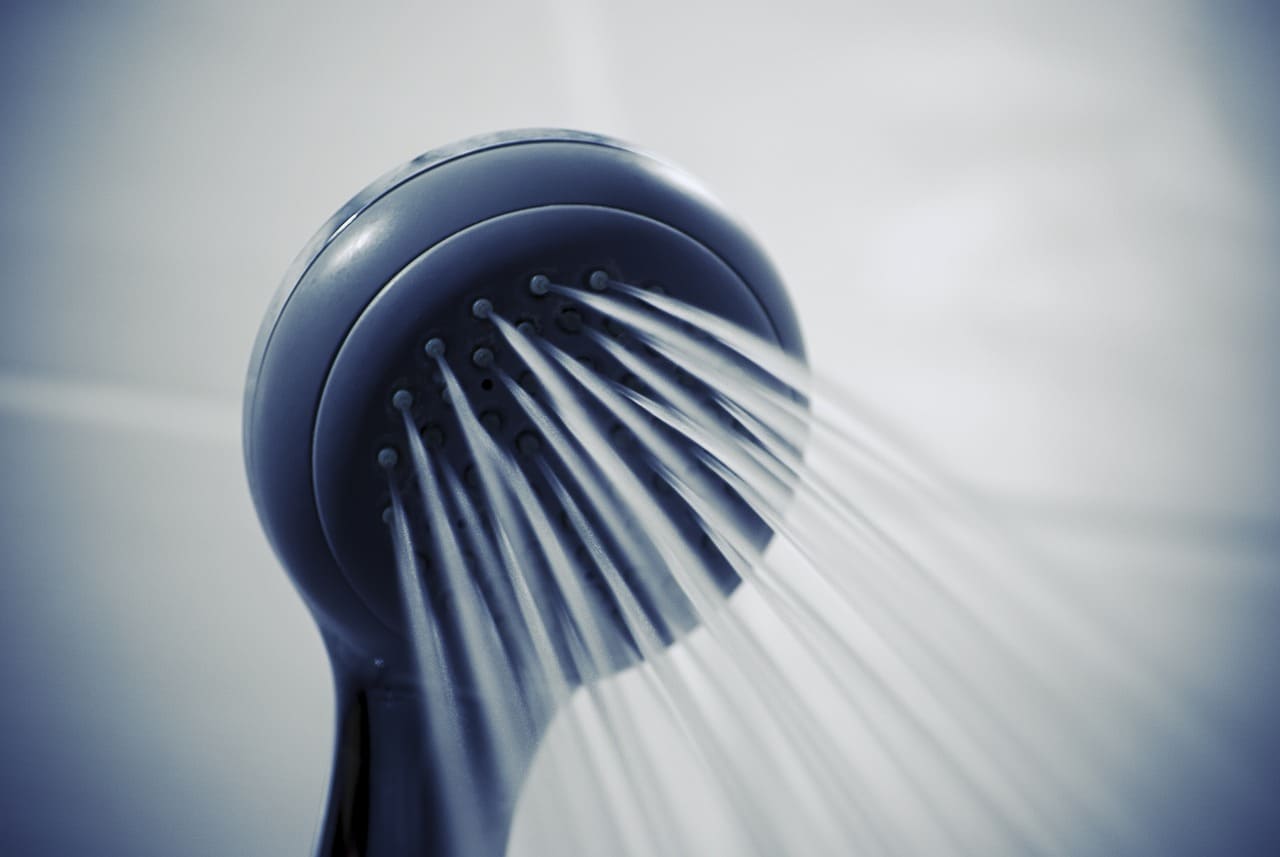This article is for you if your shower doesn't have the necessary water pressure and you want to raise low water pressure.
What is a shower pump used for?
By pushing more water through your pipes and raising the pressure at the showerhead, a shower pump enhances the thrust in your shower system.
Do I need a shower pump?
You could be experiencing low water pressure at the showerhead for a number of reasons. However, the most typical explanation is that the majority of homes in Britain were constructed before the 1980s. There was no requirement for a high water flow rate during these decades because bathing was the preferred restroom behaviour. But as times have changed, everyone now prefers to begin their days with a reviving shower in their bathroom.
What are the different types of shower pumps?
Positive Shower Head Pump:
Think of push or pull when trying to recall the key distinctions between a positive and negative pump. A shower's positive head design forces water into the shower. It accomplishes this by using gravity to supply the pump with water from your cold water storage tank. The impellers are started by this flow, which then pumps the water.
Due to this dependency on gravity, your cold water storage tank must be at least 990mm (three feet and three inches) above the showerhead. This gives the water adequate space to accelerate and for impellers to kick into action.
Negative or universal head shower pump:
The operation of negative (universal) head pumps varies slightly. A negative (universal) pump presses everything in the pipe from the water tank to the mixer valve, bypassing gravity and ensuring that the system begins when the shower is turned on.
When your showerhead is at the same height as or higher than the cold water storage tank, this type of pump is the ideal option. When the flow rate is less than 600 ml per minute or in loft conversions, residential apartments, and house restorations, these pumps are used.
You can see the aesthetic distinctions between a negative and positive head installation in this illustration.
Why do shower pumps differ so much in price?
The cost of a decent morning shower shouldn't be excessive. However, at least in the world of pumping, you always get what you paid for. As a general rule, the bar rating increases as the price increases. You can anticipate a stronger water flow from your shower head if the bar rating is higher.
You should also think about the components used in the manufacture of the pump you are buying. The quality increases as the price increases. Cheaper pumps are typically composed of plastic, and the parts will typically deteriorate more quickly. Pumps that cost more will be made of brass. Brass has a longer lifespan and produces less noise.
Making the choice of a pump to purchase for your system can be difficult because prices for different makes and models vary. We've selected our top three pumps for each price range to aid in your decision.
Where can I get a shower pump from?
If you are on the hunt for a shower pump then PlumhHQ is the perfect place to start, stocking a variety of shower pumps. You will be able to find the quiet and compact shower power booster pump, the energy-efficient flow flex inline micro pump and the double automatic shower pressure booster pack.


.jpg)



0 Comments